Potassium is the main factor that makes bananas considered a blood pressure-friendly food. The reason is because potassium has the effect of balancing sodium levels in the body, increasing sodium excretion through urine and dilating blood vessels, thereby reducing blood vessel wall pressure, according to the health website Healthline (USA).

Overripe bananas have high sugar content so are not good for people with high blood pressure, prediabetes or diabetes.
PHOTO: AI
However, the potassium content in bananas decreases slightly when they are overripe. Therefore, if you eat overripe bananas regularly, the blood pressure regulating effect of potassium will not be as obvious as when you eat bananas that are just ripe.
Furthermore, as bananas turn from green to deep ripe, more than 80% of the starch in the banana is broken down into simple sugars. This increases the total sugar content in the banana. If 100 grams of green bananas have about 4-5 grams of sugar, medium ripe bananas have about 12 grams of sugar, then fully ripe bananas have up to 15-17 grams.
People with high blood pressure are often advised to limit their intake of simple sugars and foods with a high glycemic index. This is because when blood sugar levels rise rapidly, the pancreas must secrete more insulin. High insulin levels activate the sympathetic nervous system and increase sodium reabsorption in the kidneys, leading to vasoconstriction and a temporary increase in blood pressure.
Clinical studies have shown that eating foods with a high glycemic index can reduce the elasticity of blood vessels. This is because these foods increase oxidative reactions in the vascular endothelium, leading to early arteriosclerosis. This is a factor that makes blood pressure difficult to control.
One of the most important components of bananas is antioxidants. But during ripening, the natural phenolic antioxidants in bananas are reduced due to oxidation. Overripe bananas often have black skin, a sign of an enzymatic reaction that destroys their antioxidant activity.
People with high blood pressure should prioritize bananas that are just ripe and still bright yellow. This is the stage when the sugar and antioxidant content of the banana is most balanced.
Overripe bananas may not be ideal for a high blood pressure diet, but that doesn’t mean they should be avoided altogether. In some cases, very ripe bananas may be appropriate, such as when a person is physically active and needs a quick boost of energy and potassium after exercise.
However, people with high blood pressure accompanied by prediabetes, insulin resistance or obesity should avoid eating overripe bananas regularly, according to Healthline .
Source: https://thanhnien.vn/huyet-ap-cao-vi-sao-nen-han-che-an-chuoi-qua-chin-185251105201225608.htm






![[Photo] Closing of the 14th Conference of the 13th Party Central Committee](https://vphoto.vietnam.vn/thumb/1200x675/vietnam/resource/IMAGE/2025/11/06/1762404919012_a1-bnd-5975-5183-jpg.webp)
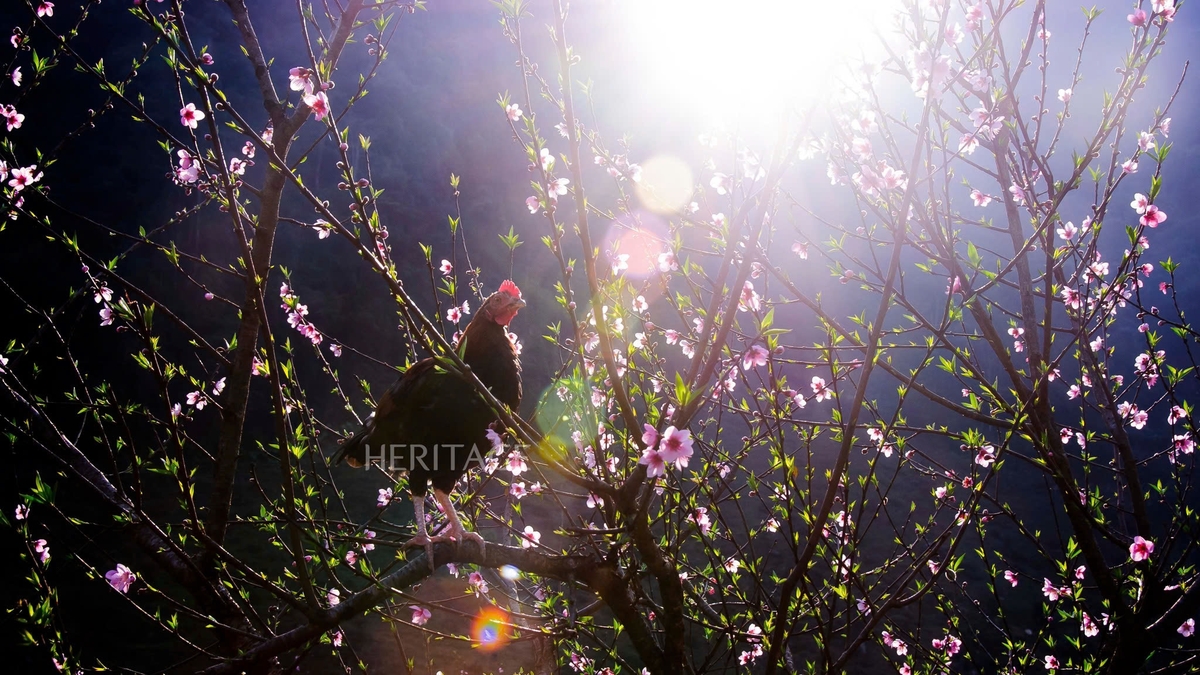
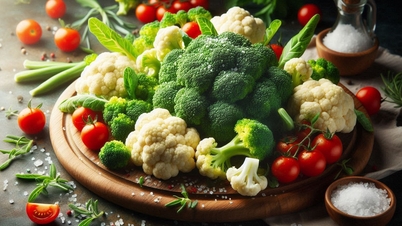






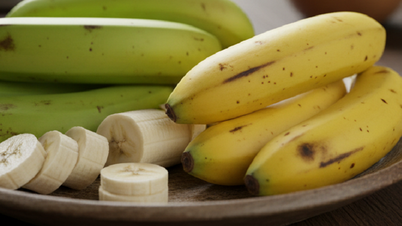







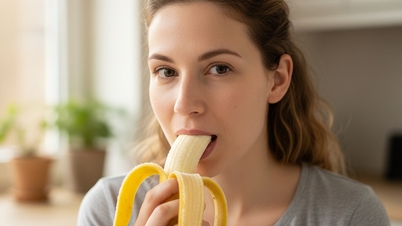








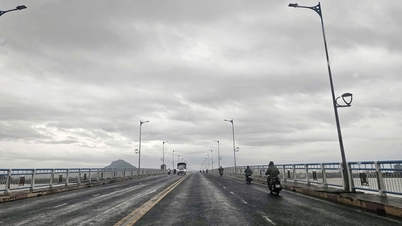





























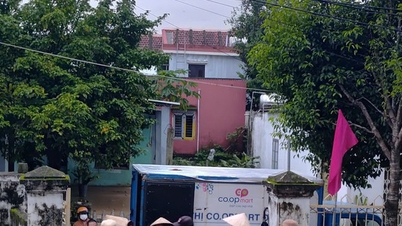
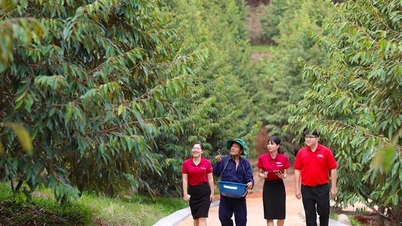









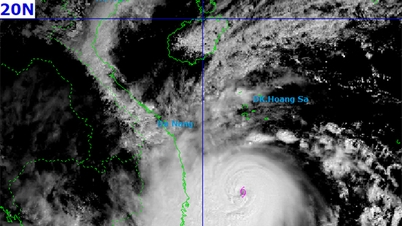




















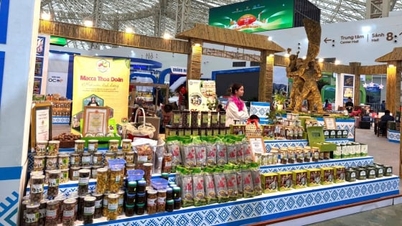











Comment (0)